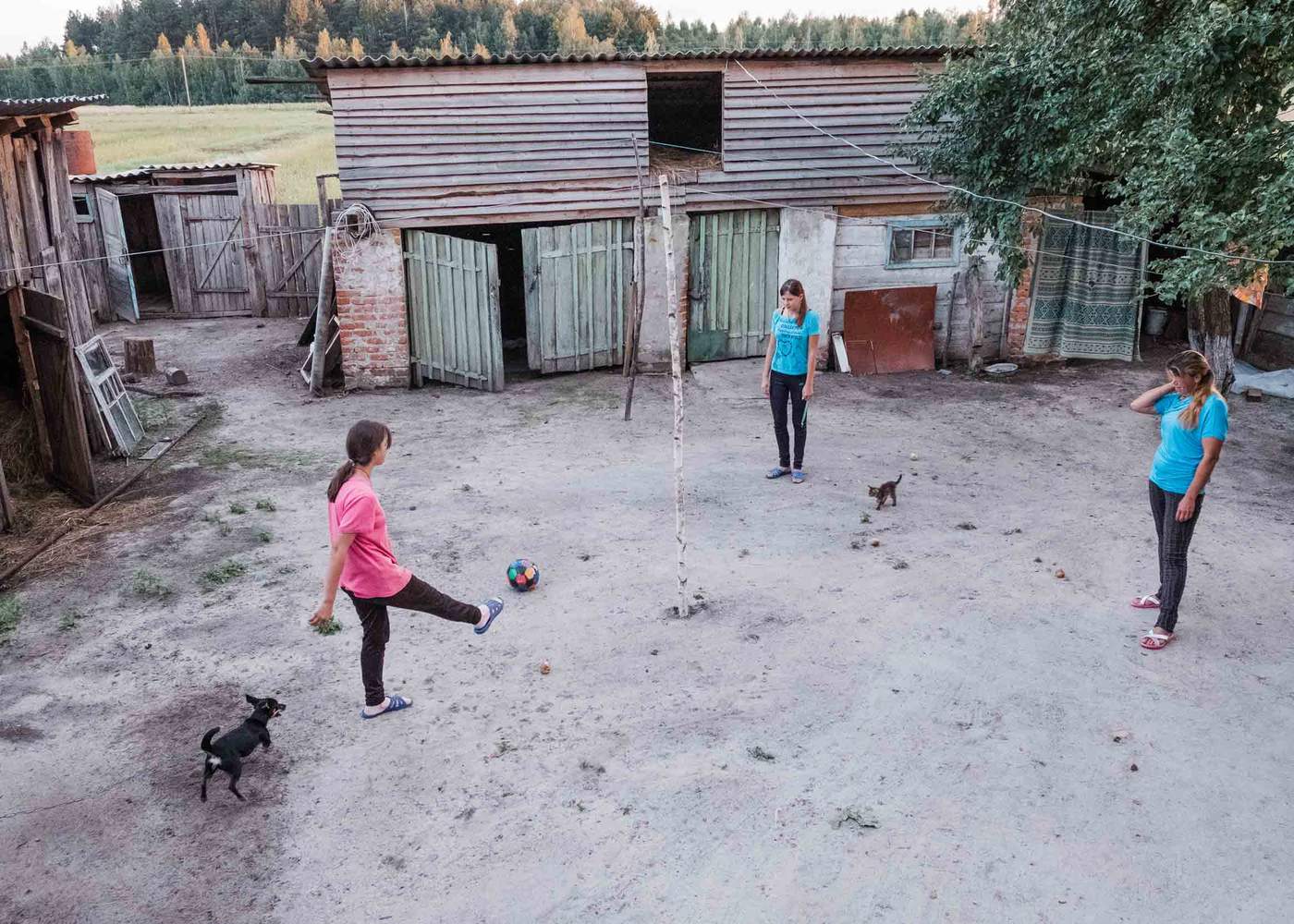Let me say 3 things right off the bat. 1. This is a really really long article. 2. They only spend, like a paragraph on Ideonella sakaiensis. 3. They argue that enzyme recycling is feasible and I am not sure of that. About that single paragraph however, why don’t they let the little creatures eat the plastic and then do something with them? Is that too hard to grasp. I mean maybe they make good fertilizer? Anyway right now plastic is getting into everything including our bodies, so they better find something to do with it fast. Feeding it too microscopic organisms sound good to me.
Are Microbes the Future of Recycling? It’s Complicated.
Since the first factories began manufacturing polyester from petroleum in the 1950s, humans have produced an estimated 9.1 billion tons of plastic. Of the waste generated from that plastic, less than a tenth of that has been recycled, researchers estimate. About 12 percent has been incinerated, releasing dioxins and other carcinogens into the air. Most of the rest, a mass equivalent to about 35 million blue whales, has accumulated in landfills and in the natural environment. Plastic inhabits the oceans, building up in the guts of seagulls and great white sharks. It rains down, in tiny flecks, on cities and national parks. According to some research, from production to disposal, it is responsible for more greenhouse gas emissions than the aviation industry.
This pollution problem is made worse, experts say, by the fact that even the small share of plastic that does get recycled is destined to end up, sooner or later, in the trash heap. Conventional, thermomechanical recycling — in which old containers are ground into flakes, washed, melted down, and then reformed into new products — inevitably yields products that are more brittle, and less durable, than the starting material. At best, material from a plastic bottle might be recycled this way about three times before it becomes unusable. More likely, it will be “downcycled” into lower value materials like clothing and carpeting—materials that will eventually be disposed of in landfills.
“Thermomechanical recycling is not recycling,” said Alain Marty, chief science officer at Carbios, a French company that is developing alternatives to conventional recycling.
“At the end,” he added, “you have exactly the same quantity of plastic waste.”
Carbios is among a contingent of startups that are attempting to commercialize a type of chemical recycling known as depolymerization, which breaks down polymers — the chain-like molecules that make up a plastic — into their fundamental molecular building blocks, called monomers. Those monomers can then be reassembled into polymers that are, in terms of their physical properties, as good as new. In theory, proponents say, a single plastic bottle could be recycled this way until the end of time.
:}
Go there and read alot. More next week
:}




